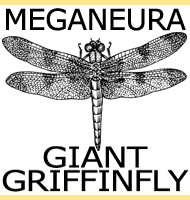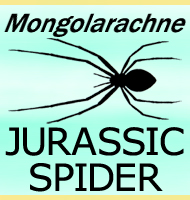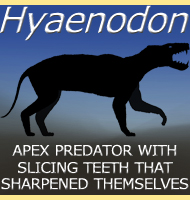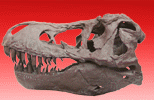

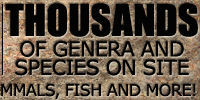
Palaeovespa
Name:
Palaeovespa
(oldVespa).
Phonetic: Pay-lay-o-ves-pah.
Named By: T. D. A. Cockerell - 1906.
Classification: Arthropoda, Insecta,
Hymenoptera, Vespidae, Vespinae.
Species: P. florissantia
(type), P. baltica, P. gillettei, P. relecta,
P. scudderi, P. socialis, P. wilsoni, P. menatensis
Diet: Carnivore/Insectivore.
Size: Depending upon the species, body length of
females is between 12-17.5 millimetres long.
Known locations: France - Menat Formation.
Russia. USA, Colorado.
Time period: Thanetian of the Paleocene through to
the Priabonian of the Eocene.
Fossil representation: Several individuals.
Palaeovespa is a genus of wasp that lived at least from the end of the Paleocene to the end of the Eocene. Palaeovespa is noted for its similarity to the modern day genus Vespa, hence the name Palaeovespa which means ‘old Vespa’. However the wing structure of Palaeovespa leaves no doubt that it is a distinct genus.
Further reading
- Fossil Hymenoptera from Florissant, Colorado. - Bulletin of
the Museum of Comparative Zoology, Harvard College
50(2):33-58. - T. D. A. Cockerell - 1906.
- Fossil Trigonalidae and Vespidae (Hymenoptera) in Baltic amber. -
Proceedings of the Entomological Society of Washington. 107 (1): 55–63.
- G. Poinar - 2005.
- The oldest Vespinae from the Paleocene of
Menat (France) (Hymenoptera: Vespidae). - Zootaxa. 1344 (1): 59. -
Andr� Nel & Francis Auvray - 2006.
----------------------------------------------------------------------------
Random favourites
 |
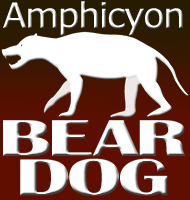 |
 |
